Thermally Modified Wood and LEED Certification
Thermally modified wood is a type of wood that has been treated with heat in order to enhance its durability, stability, and resistance to decay. This process is environmentally friendly and does not require the use of harmful chemicals. As a result, thermally modified wood has become an increasingly popular choice for use in LEED-certified building projects.
LEED, or Leadership in Energy and Environmental Design, is a certification program that recognizes buildings that are designed and constructed using sustainable materials and practices. In order to achieve LEED certification, a building must meet a set of criteria established by the US Green Building Council (USGBC). One of these criteria is the use of sustainable materials, including wood products. Thermally modified wood can contribute to LEED certification in several ways.
Renewable
First, it is a sustainable material that is produced using renewable resources. This means that it has a lower environmental impact than many other building materials, such as concrete or steel.
Durable
Second, thermally modified wood is highly durable and resistant to decay. This means that it has a longer lifespan than untreated wood, reducing the need for replacement and the associated environmental impact. Additionally, it requires less maintenance, which can further reduce the environmental impact of the building over its lifetime.
Chemical Free
Finally, thermally modified wood can contribute to indoor air quality. Unlike some other building materials, it does not emit volatile organic compounds (VOCs) or other harmful chemicals. This can help to create a healthier indoor environment for occupants of the building.
In order to use thermally modified wood in a LEED-certified building project, it is important to ensure that the wood meets the criteria established by the USGBC. This may include verifying that the wood has been produced using sustainable harvesting practices, that the production process does not generate significant amounts of greenhouse gas emissions, and that the wood has been tested for durability and stability.
Overall, thermally modified wood is an excellent choice for use in LEED-certified building projects. Its sustainability, durability, and indoor air quality benefits make it a wise choice for architects, builders, and building owners who are committed to creating environmentally responsible buildings.


